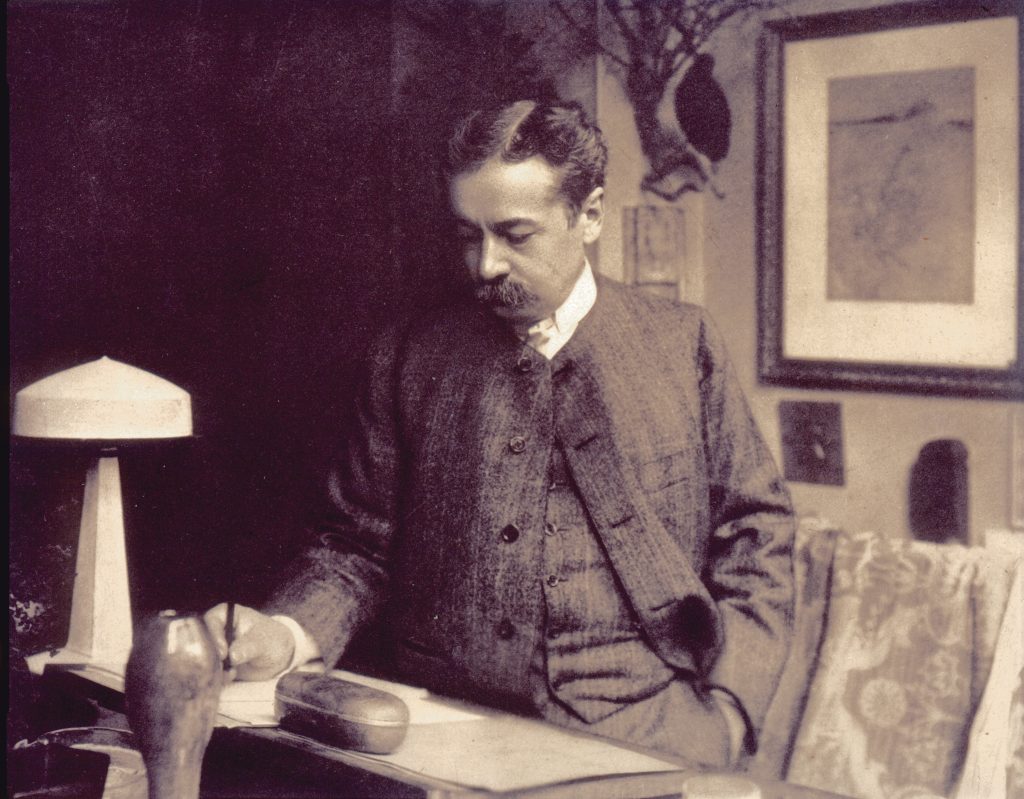For a long time, the much contested area of Alsace-Lorraine was shaped by the production of utility glass alongside high-quality lead crystal production.
The wooded Alsatian-Lorraine region was already known for the production of glass during the Gallo-Roman era and later for the medieval forest glassworks. From the 17th and 18th century The glass factories increasingly specialized in different ways, e.g. on flat glass, utility glass, inexpensive hollow glassware, watch and eyeglass glasses, jewelry, paperweights, high-quality dinner services, perfume bottles, etc.
The early, high-quality production of refined lead crystal (from 1781) and the cooperation with artists were decisive for the good reputation of some factories and the success at world exhibitions. Representatives of Art Nouveau and Art Deco such as Émile Gallé or René Lalique used the craft know-how and the industrial structure of the area to experiment. They designed and created artistic masterpieces.
Innovation through tradition
In Alsace-Lorraine, traditional knowledge is combined with contemporary design ideas.
To this day, three Alsatian-Lorraine manufacturers maintain their world standard for high-quality crystal glass. The highly qualified youngsters are trained in the factory’s own workshops and in technical schools.
The museums of the factories that cooperate with each other document the cultural glass legacy. In 1992 the International Glass Art Center (CIAV) was founded in the former Meisenthal glass factory with extensive European and national funding. The reinterpretation of the glass tradition is the focus of joint experimentation by glassmakers and designers from various European training institutions with glassmakers on site. Whether in CIAV projects or in manufacture, tradition always forms the basis on which new ideas are built.








